Relationships As Engagement: Understanding the Whole Child
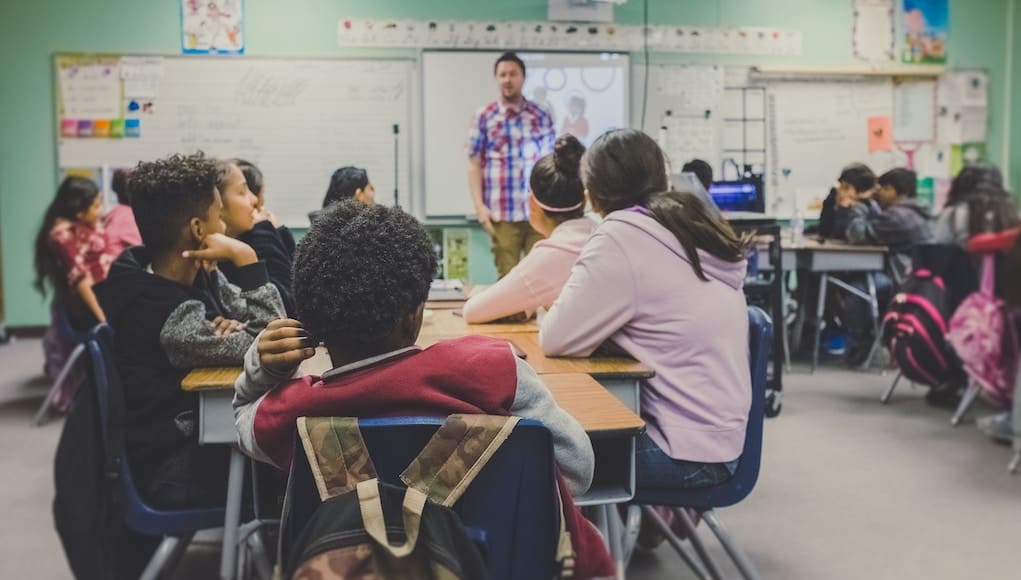
In schools across the country, it is quite common to hear teachers, instructional coaches, and administrators talking about student engagement. In its best form, we hope that means: are students immersed in the content and meaningfully engaged in the activities of the lesson? While we always aim to answer that question with a yes, we must acknowledge that the path to student engagement is not always as direct as a teacher, coach, or administrator would hope. Those of us who have struggled to hook students or demonstrate the relevance and value of a lesson’s content know that what this really takes is teacher engagement with students not only as learners but as full and multi-dimensional beings.
Author and social activist bell hooks argues for an engaged pedagogy—a rethinking of our roles as educators and an affirmation of our commitment to creating learning environments that tend to both students’ and teachers’ well-being. In her book, Teaching to Transgress: Education as the Practice of Freedom, bell explains that the engaged teachers are those who “believe that our work is not merely to share information but to share in the intellectual and spiritual growth of our students. To teach in a manner that respects and cares for the souls of our students is essential if we are to provide the necessary conditions where learning can most deeply and intimately begin.” The motives, beliefs, and actions of teachers are critical. Just as any excellent teacher will share, teaching is not something that we simply “do”, rather, it is a way of living.
So How Do We Do It? Using Trauma or ACEs-Informed Models for All
How do we come to live this engagement with the whole child in our daily work in schools and classrooms? What resources, approaches, and tools exist to support teacher engagement with the whole child? While recent work on trauma-informed approaches and practices for working with students impacted by adverse childhood experiences (ACEs) are meant to support our most vulnerable students, these frameworks provide a foundation that is useful for all of our students as they center on relationships. Central to these approaches are the following:
The notion that relationships must come first! Teachers must adopt a learner stance to understand their students’ lives, interests, passions, struggles, fears, strengths, and areas that cause students stress or anxiety. This goes beyond surveys or inventories, which are excellent ways to begin, and extends to making time for one-to-one conferences, participation in activities in local communities, and truly meeting students where they are. You can learn a tremendous amount from spending time sitting in a playground after school or from sitting down at the lunch table and joining in a conversation that students initiate. You’ll be learning, and students will see the interest you’re taking in them that extends beyond the content.
Relationships inform classroom learning and whole-school culture! When relationships and a culture of care are at the root of interactions between students and teachers, teachers and families, and generally among teachers and the school administration, the groundwork has been laid for supporting risk-taking and ultimately, growth.
Knowledge gleaned from relationships informs learning activities! What we can learn through sustained, trusting relationships can inform what we do in the classroom. Understanding students’ goals, interests, talents, and skills outside of the classroom can become the bridges to academic learning. From connecting with students’ jokes and informal conversations, we can build rich literacy activities that bridge home and school language. We can leverage students’ interests in pop culture to make connections to academic content, making classroom learning more relevant to students’ everyday lives.
Knowledge gleaned from relationships informs approaches to behavior! If by hanging out in the cafeteria you learn about students social relationships and interactions with their peers, you may uncover some new information that can be helpful in structuring groups or pairs as well as other classroom activities. You might also come to understand how a student responds to difficult situations and conflict. Learning about triggers for students in social situations can help you in planning to avoid or minimize those triggers in the classroom.
Teacher self-care is essential to caring for the whole child! Teachers spend an enormous amount of time considering the strengths and needs of others, most especially their students. It is critical that teachers ensure that they’re caring for themselves, recognizing the victories, and taking the time to invest in their own peace and well-being. If that means after-school walking groups, carving out time each day to engage in a non-school-related hobby, or just simply sitting silently for five minutes and reflecting on the accomplishments of the day, it is important to make yourself a priority, too!
Teaching is a caring profession that requires deep engagement by everyone involved. However, the engagement that can develop when teachers truly tend to their students’ and their own well-being is what leads to long-lasting, meaningful learning! For great resources on building relationships, check out: Simple Relationship-Building Strategies and Four Strategies for Building Relationships with Students.
For more, see:
- The Results Are In On Student Engagement
- Is 100% Student Engagement Possible? You Bet It Is.
- 7 Ways to Maximize Student Engagement
Stay in-the-know with all things edtech and innovations in learning by signing up to receive our weekly newsletter, Smart Update.




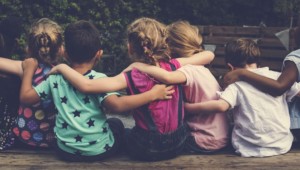
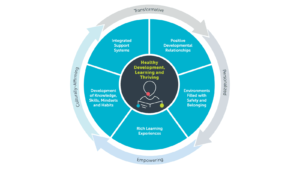
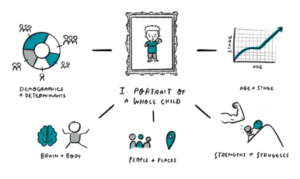
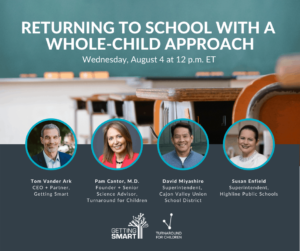
swan
useful information....good article
Patti Shade
Teacher well being is equal to and important as student well being.
Patti Shade
“. . . creative realms could become the key human differential in the labor market of tomorrow, and those with strengths in these domains — innate or acquired — will be best placed to prosper.”